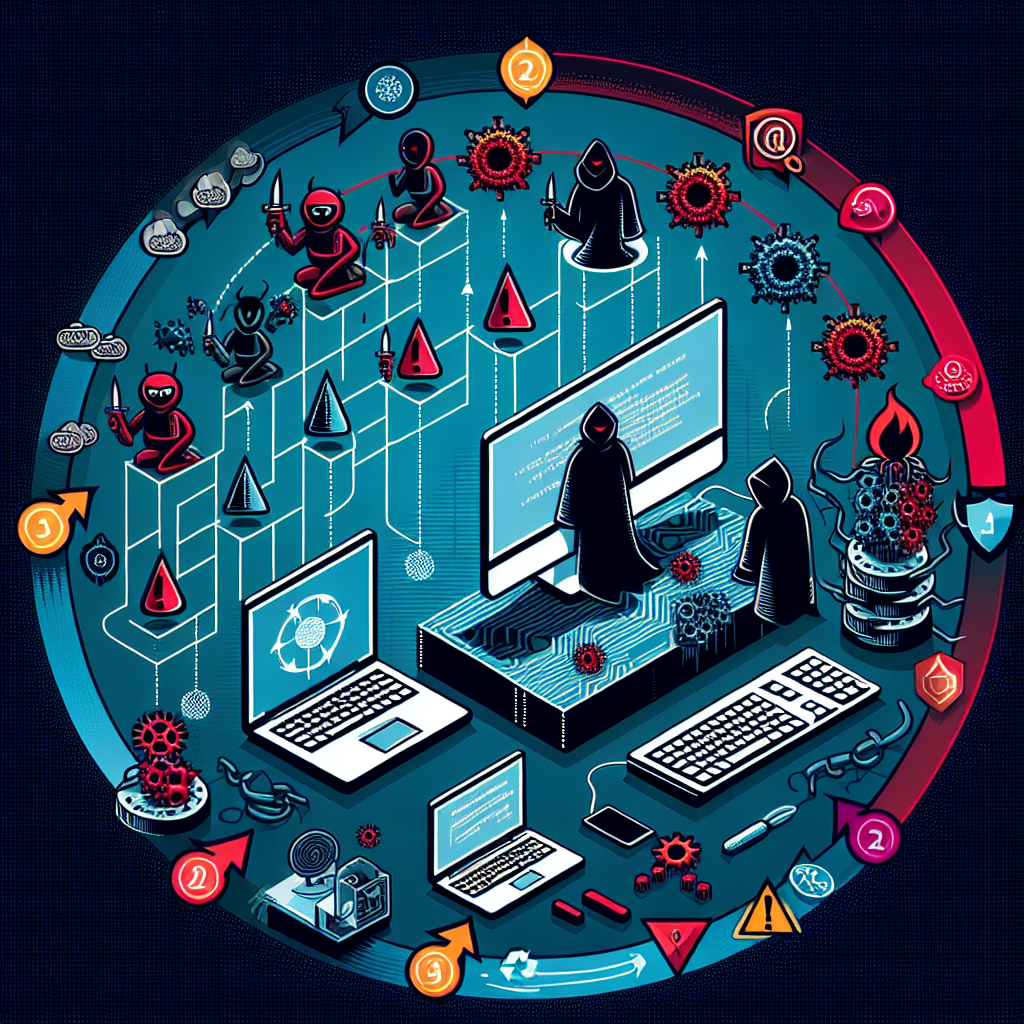A recent report from Fortinet has revealed a sophisticated multi-stage malware attack targeting Windows systems. This campaign, discovered in August, utilizes a variety of malicious tactics to infiltrate organizations and compromise their security.
The attack begins with a phishing email containing a malicious Word document attachment. The document includes a deceptive image and a fake reCAPTCHA to trick recipients into clicking. Once opened, the document activates a malicious link, initiating the attack’s progression.
The initial loader, downloaded from a specific URL, employs a binary padding evasion technique to increase its file size to 400 MB. It then deploys multiple payloads, including OriginBotnet for keylogging and password recovery, RedLine Clipper for cryptocurrency theft, and AgentTesla for harvesting sensitive information.
Each stage of the attack is carefully orchestrated to evade detection and maintain persistence. The malware utilizes encryption and decryption methods, such as Base64 encoding and AES algorithms, to conceal its activities.
RedLine Clipper specializes in cryptocurrency theft by manipulating the user’s system clipboard to replace cryptocurrency wallet addresses with those belonging to the attacker. This tactic exploits users who copy and paste wallet addresses during transactions, leading to unintentional fund transfers.
AgentTesla logs keystrokes, accesses the clipboard, and scans disks for valuable data while communicating with a command-and-control server. It establishes persistence and can exfiltrate data through various communication channels.
OriginBotnet collects sensitive information and communicates with its C2 server to download additional files for keylogging and password recovery. It uses encryption techniques to obfuscate its traffic.
Fortinet’s security expert Cara Lin emphasized the sophistication of the attack and the importance of organizations remaining vigilant. It is crucial for businesses to enhance their cybersecurity defenses and educate employees about the risks of phishing emails to effectively mitigate potential threats.
In conclusion, the multi-stage malware attack targeting Windows systems serves as a stark reminder of the ever-evolving landscape of cyber threats. By staying informed, implementing robust security measures, and fostering a culture of cybersecurity awareness, organizations can better protect themselves against malicious actors.

